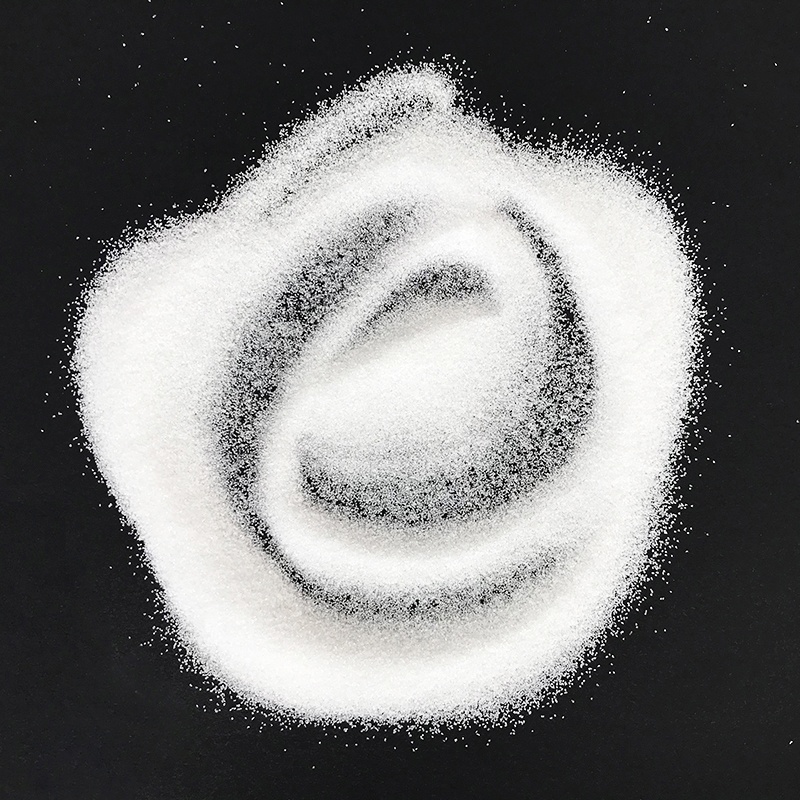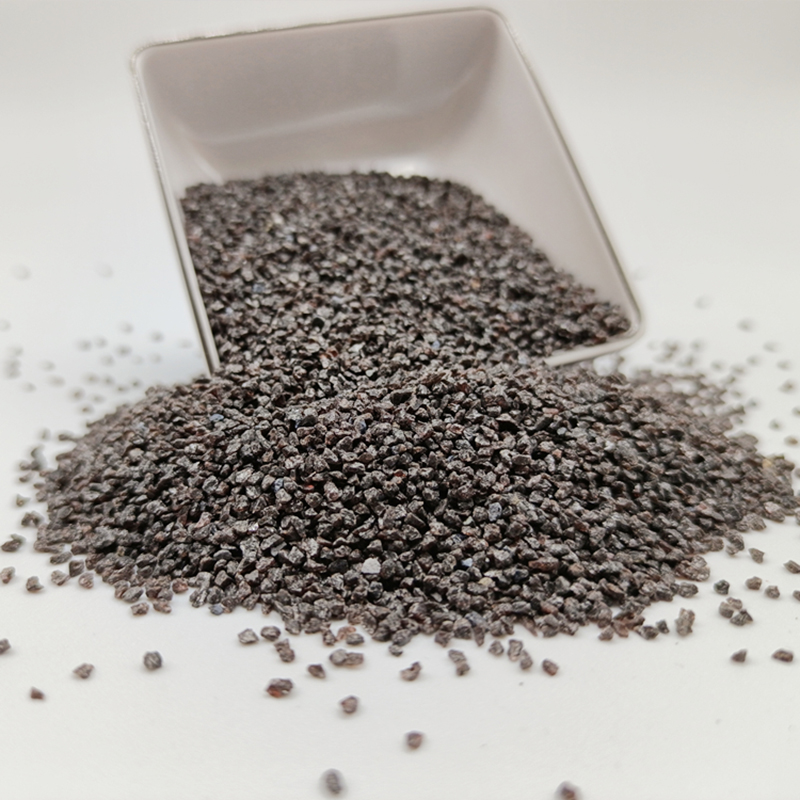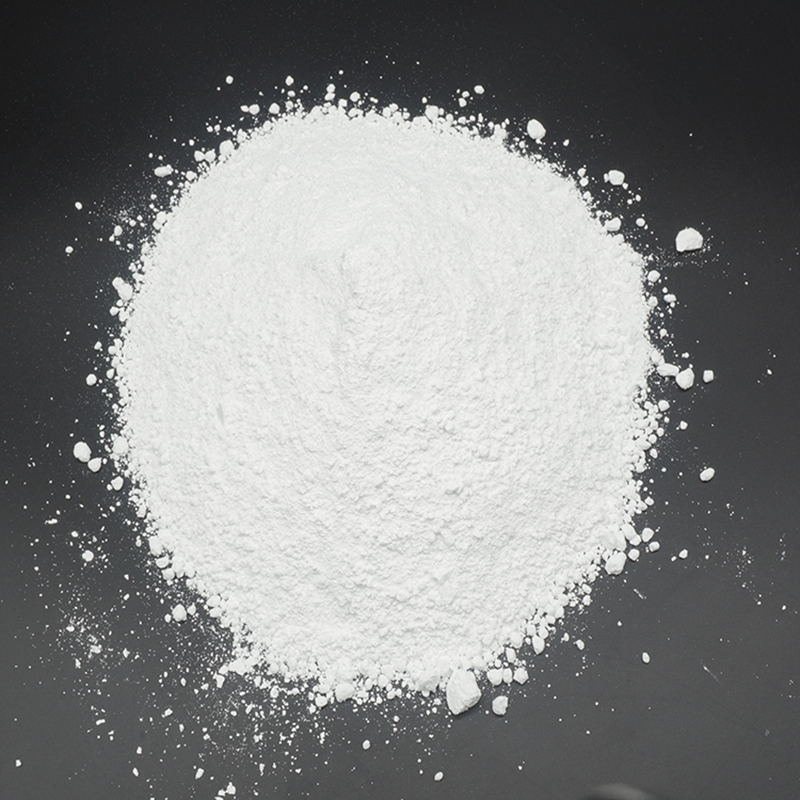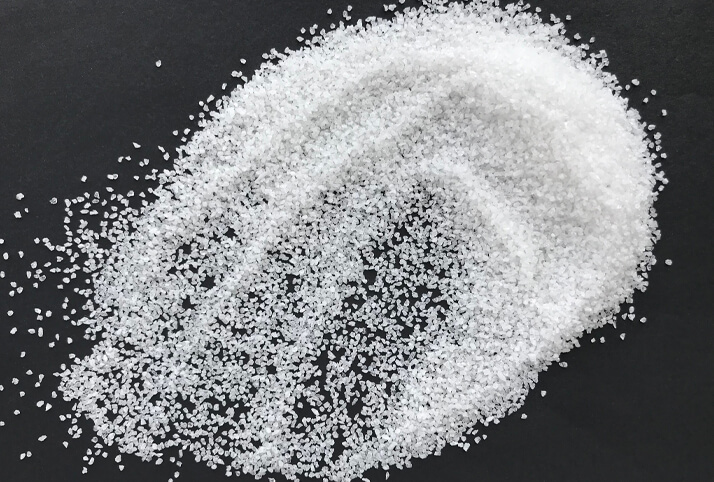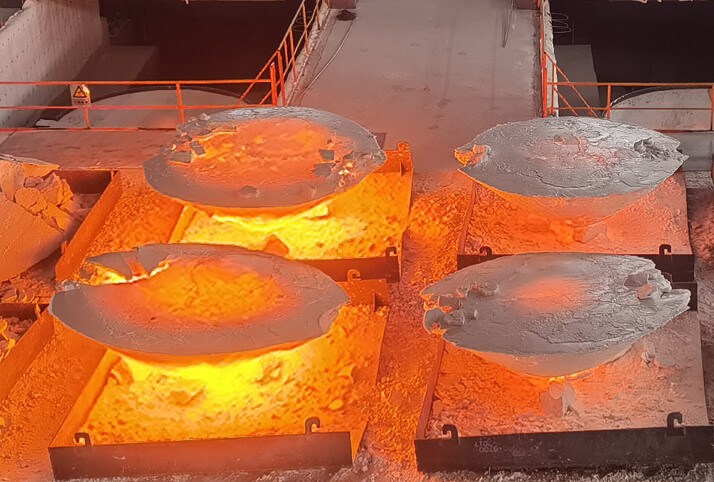
The conventional index elements of white fused alumina are aluminium, sodium, potassium, silicon, iron and so on, of which the most popular and widely discussed should be the amount of sodium content, which can be seen that the sodium content has a great impact on the quality of white fused alumina. At present, white fused alumina in the market is differentiated by sodium content, with sodium content in 0.35%, sodium content in 0.3%, sodium content in 0.2% and sodium content in 0.1% of several grades, different product applications will have different requirements for sodium content, so according to the different sodium content, it is distinguished from ordinary white fused alumina, low sodium white fused alumina and micro-sodium white fused alumina, etc..
The sodium in white fused alumina is mainly derived from the sodium oxide found in industrial alumina. Sodium oxide is used in the smelting process of white fused alumina to produce high sodium aluminate to reduce the production of alumina (α-Al2O3) in white fused alumina, resulting in lower aluminium content and thus affecting the performance of white fused alumina. The control of low sodium in white fused alumina increases the smelting time, but the resulting increase in electricity consumption increases the smelting production cost; or the direct use of low sodium industrial alumina, but the market price of low sodium industrial alumina is also more expensive.
XINLI produces micro-sodium white fused alumina with a sodium oxide content of 0.1% or less, which is suitable for processing alloy steel, high hardness steel, high carbon steel and other materials with high hardness and tensile strength, and has excellent characteristics such as high hardness, high sharpness and anti-burning ability.

